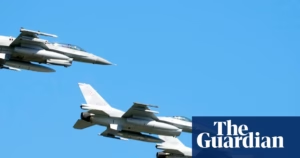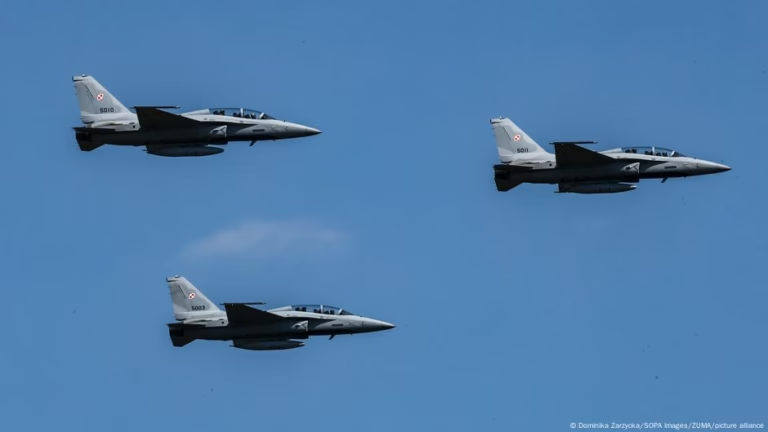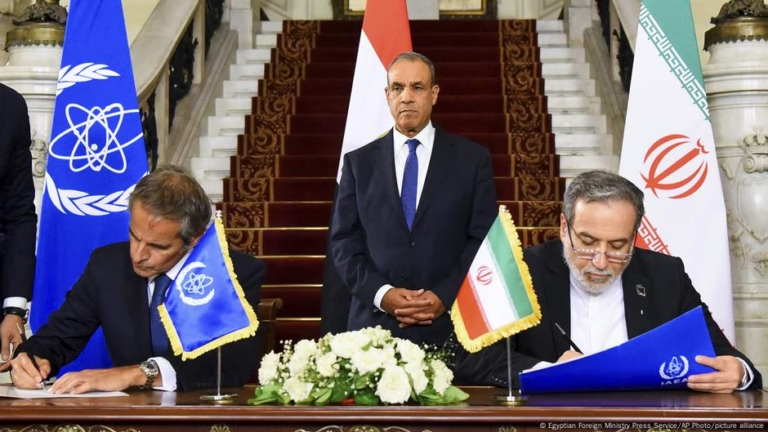The members of the World Health Organization (WHO) have reached a historic agreement to prepare for future pandemics after three years of negotiations.
The proposal will now be considered by the World Health Assembly, the global health body’s decision-making forum, in May.
According to WHO Director-General Tedros Adhanom Ghebreyesus, the draft agreement demonstrates that countries can still find common ground and work together to address common threats, despite the divisions in the world.
What is included in the WHO Pandemic Agreement draft?
The draft agreement outlines measures to prevent pandemics and enhance international collaboration, following the challenges observed during the COVID-19 outbreak.
A main point of contention during the negotiations was Article 11, which concerns the transfer of medical technologies to developing countries.
During the COVID-19 pandemic, developing countries accused wealthier nations of hoarding vaccines and tests, while countries with large pharmaceutical industries opposed obligatory technology transfers.
As a compromise, it was agreed that any technology transfer must be “mutually agreed upon.
The accord’s text also proposes the establishment of a pathogen-access and benefit-sharing system, a “One Health approach” for pandemic prevention, and the establishment of a global supply chain and logistics network.
This article was edited by Zac Crellin.







